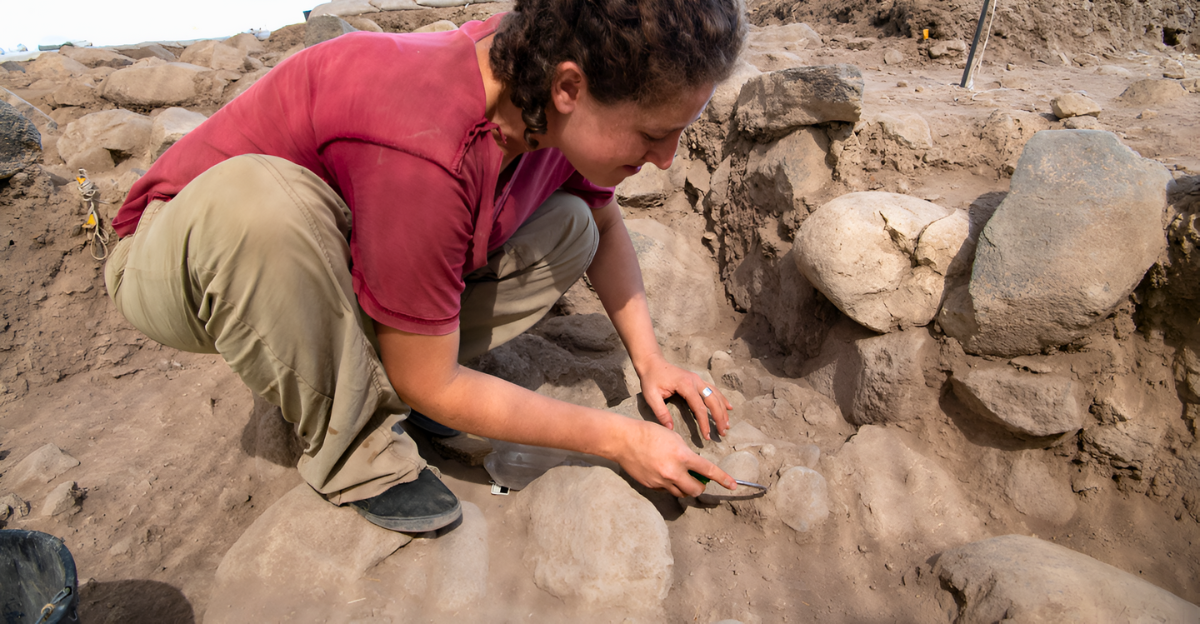
Archaeologists recently revealed findings from an underground radar survey beneath Egypt’s Giza Plateau, using advanced synthetic aperture radar (SAR) technology originally pioneered for planetary surveys. However, these findings remain unverified and highly contested by leading Egyptologists.
According to multiple sources, a multi-national team led by Professor Corrado Malanga (University of Pisa) and Dr. Filippo Biondi (University of Strathclyde) claimed to have uncovered chambers stretching nearly two kilometers beneath the plateau. Their findings raise questions about what may have existed before the Egyptian dynasties—though experts have warned against premature conclusions.
Professor Corrado Malanga explains, “These revelations challenge conventional understandings of Egypt’s history and the origins of human civilization.” However, this interpretation remains disputed among the archaeological community.
The Mystery Deepens
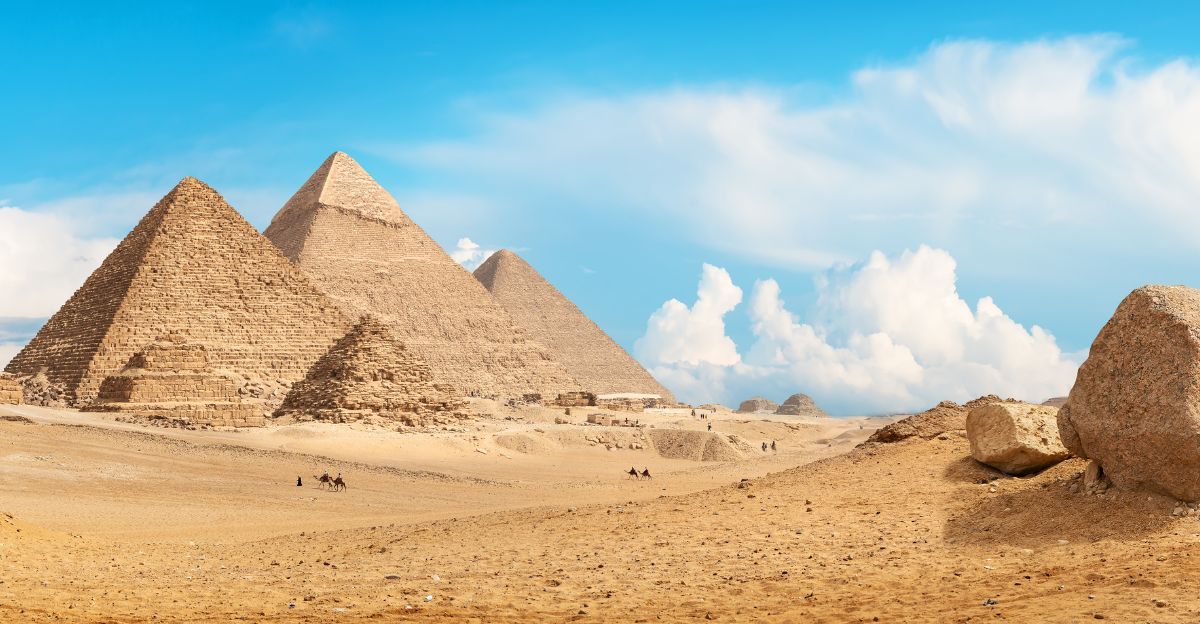
Synthetic aperture radar data detected features inside the pyramid area, sparking intense scholarly debate. The team says Italian and Scottish researchers interpreted the findings as potentially representing a technological leap well before recorded Egyptian history.
Nicole Ciccolo, Khafre Project spokesperson, calls the imaging technique “a groundbreaking study redefining the boundaries of satellite data analysis and exploration.” However, the findings remain unverified and have not undergone peer review for the 2025 subsurface claims.
Critical Expert Disagreement

Dr. Zahi Hawass, Egypt’s former Minister of Antiquities and one of the world’s foremost Egyptologists, has firmly rejected these claims. He states the findings are “completely false” and amount to “fake news,” emphasizing that the techniques “are neither scientifically approved nor validated by the archaeological community and radar experts.” Hawass notes that the researchers have not conducted on-site investigations and that the 2025 subsurface findings remain unpublished in peer-reviewed journals.
The Supreme Council of Antiquities has also questioned the methodology. Secretary-General Mohamed Ismail Khaled points out that the technique relies on computer-processed visualizations without disclosure of raw data or methodologies for independent verification.
Giza’s Established Predynastic History

What is firmly established, however, is Giza’s occupation during the predynastic period. Historical records reveal Giza was occupied as far back as the Maadi culture, long before pharaohs ruled. Radiocarbon dating of pottery fragments and stone implements places this settlement at around 3800 BCE—verified predynastic evidence that truly predates Egyptian dynastic civilization.
Dr. Eman Ghoneim’s 2024 geological research confirmed the presence of ancient riverbeds and settlement traces beneath the desert surface. These insights demonstrate that humans inhabited the Giza region millennia before monumental construction began, providing genuine understanding of the origins of pre-dynastic settlement in Egypt.
The Radar Technology Methodology
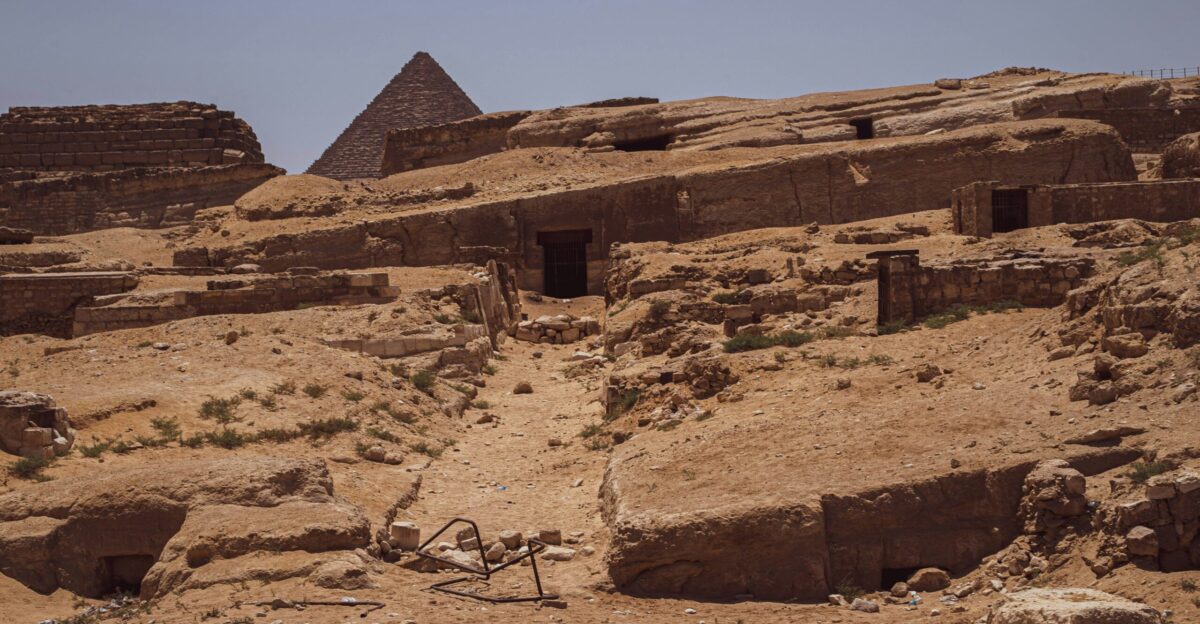
The SAR Doppler tomography technique employed by Malanga and Biondi is based on their 2022 peer-reviewed paper published in Remote Sensing, which documented their analysis of the Great Pyramid’s internal structure using satellite radar data. In that study, they identified known chambers and passages, validating the methodology for internal imaging.
For their 2025 subsurface claims, the team applied the same technique to scan beneath the Khafre Pyramid and surrounding plateau. However, penetrating kilometers into solid rock presents significant scientific challenges that experts question. Dr. Armando Mei, a geophysicist involved with the project, notes, “Advanced radar imaging allows us to see below ground without intrusive digging.” Yet mainstream radar specialists express skepticism about the claimed depth and resolution.
The March 2025 Announcement

On March 15, 2025, a press conference held in Bologna, Italy, unveiled the team’s radar scan findings. Malanga, Biondi, and Mei announced claimed discovery of underground chambers and shafts underlying Giza’s main pyramids, interpreting the radar data as evidence of man-made features possibly predating Old Kingdom Egyptian rule.
Dr. Filippo Biondi states, “These are among the most significant geophysical results ever recorded here.” However, this interpretation remains contentious. The findings have not been published in peer-reviewed journals as of November 2025, limiting independent scientific validation.
Scientific Skepticism and Caution
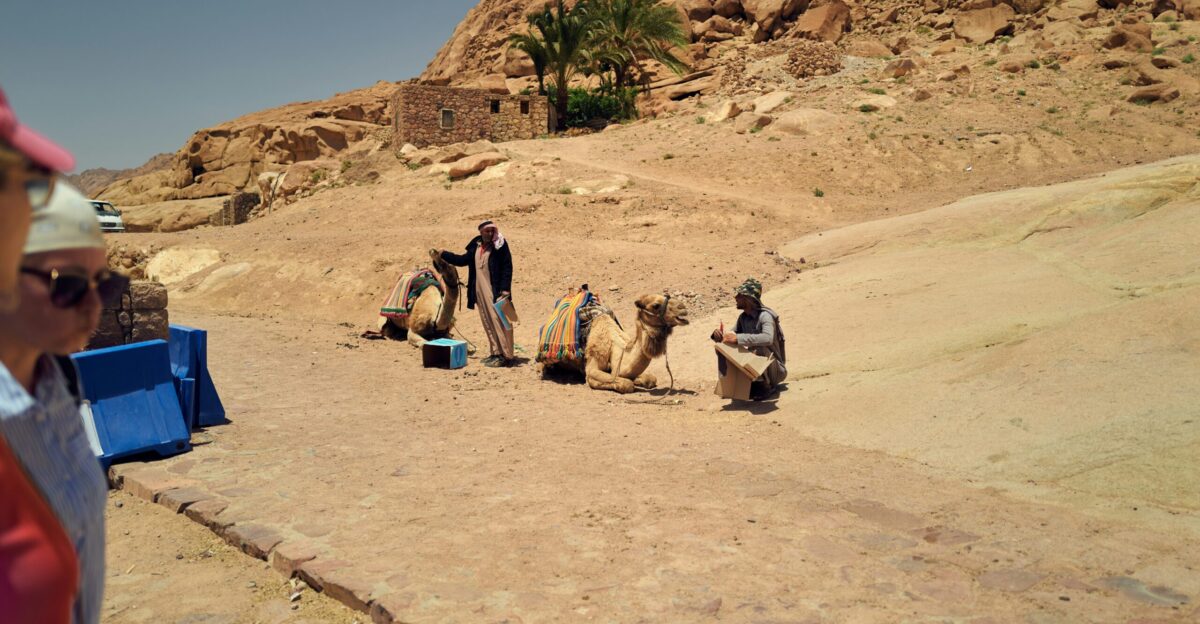
Not all experts accept the radar results as evidence for lost structures. The archaeological consensus emphasizes that extraordinary claims require extraordinary proof. Until physical exploration—drilling, endoscopy, or excavation—confirms what lies beneath the surface, radar interpretations remain speculative.
As noted by peer-reviewed scientific journals, caution is warranted until physical artifacts or inscriptions are directly recovered and independently analyzed. The split between the announcement team and skeptical experts has slowed formal publication and created tension within research circles.
Regulatory Response

Egypt’s Supreme Council of Antiquities responded by regulating access and study of the claimed findings. The Council referenced Law 117 of 1983, requiring peer review before any claims can be officially published or circulated.
“Scientific scrutiny is vital,” emphasizes former Minister Khaled El-Enany, “to avoid misleading narratives about our most important archaeological sites.” The Council has expressed concerns about the methodology, data transparency, and the classification of unverified radar signatures as “structures.”
Verified vs. Speculative Claims

The article distinguishes between two categories of findings:
Verified: The Maadi culture occupied Giza around 3800 BCE, leaving pottery and stone tools. This is established archaeology supported by radiocarbon dating.
Unverified/Disputed: The 2025 claims of underground structures detected via SAR beneath Khafre remain unconfirmed, lack peer review, and are rejected by leading Egyptologists including Dr. Zahi Hawass.
Future Investigations

To resolve whether the radar anomalies represent true structural remnants or natural formations, joint Italian-Egyptian teams have proposed further investigation. Plans include additional non-invasive scans, deep surveys, and potential peer-reviewed publication of methodologies and raw data.
“We will use every tool to confirm the findings,” Malanga stated at the Bologna keynote. However, until peer review is completed and independent verification occurs, these claims remain in the realm of speculation rather than established archaeological fact.
International Interest and Methodology Concerns
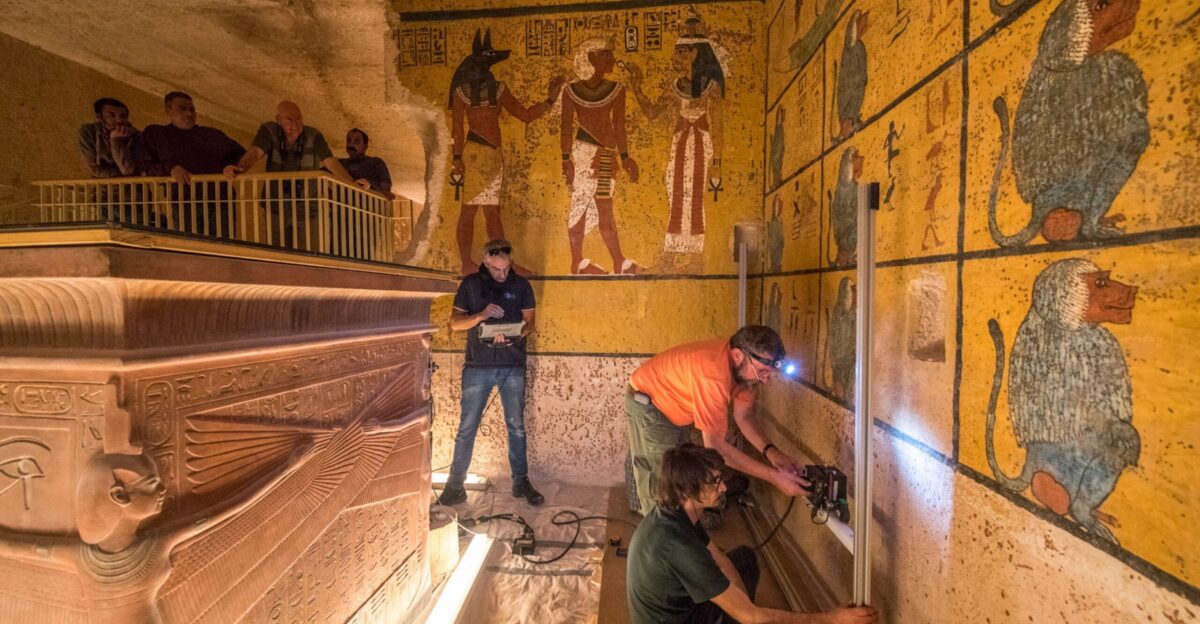
Outside Egypt, interest in Giza’s underground grows among universities and research institutes. Partnerships with Italian and Scottish labs aim to advance peer review and data validation.
However, concerns raised by the archaeological establishment include: lack of ground-truthing (physical verification), insufficient transparency in data processing, unusually rapid peer review of the 2022 foundational paper (six weeks for a 30+ page manuscript), and the absence of formal Egyptological credentials among the core researchers.
Broader Context: Ancient Egyptian Achievements

Egyptians celebrate Giza as evidence of a sophisticated predynastic culture that preceded pharaonic civilization. New educational curricula increasingly emphasize this pre-dynastic settlement and the genuine technological achievements of ancient Egypt—including the proven Maadi culture presence and the later monumental construction that would define Egyptian civilization.
Ancient Roots, Modern Scientific Standards

Giza’s documented history—from Maadi settlement to pyramid construction—invites reconsideration of the origins of technology and human organization in Africa. However, this must be grounded in verified evidence rather than speculative interpretation of unvalidated radar data.
As archaeological practice demands, extraordinary claims about vast underground cities require extraordinary proof: peer review, data transparency, independent verification, and physical evidence. Until such standards are met, these 2025 radar claims remain interesting hypotheses rather than established archaeological facts.